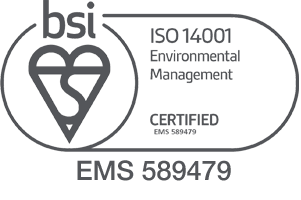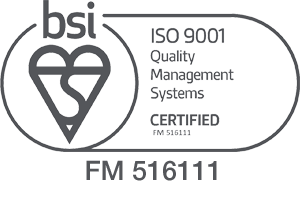
07/04/2025
Why mylar blankets fall short in hypothermia treatment. Hypothermia, are you serious?
Mylar blankets, often referred to as ‘space blankets’ or reflective foils, have been a standard tool in hypothermia management kits since they were developed by NASA in the 1960s to aid in space exploration. However, in many cases mylar blankets fall short as an effective treatment for hypothermia patients, especially in austere environments.
In this article, we will address the question of do mylar emergency blankets work, and if not, what more effective options are available to manage hypothermia casualties?
How do mylar blankets work?
Mylar blankets work by reflecting body heat back towards the patient and reducing heat loss. They do not generate warmth on their own. In mild to moderate cases, this may be sufficient to avoid hypothermia, and you will often see them being used following sporting events, and as part of first-aid kits used in mountain rescue and other emergency first response situations.
Some manufacturers claim that their products can reduce heat loss by up to 90%, which could be an optimistic claim – the human body loses heat through various means, including conduction, convection, evaporation, and radiation.
However, even if this claim were true, in severe hypothermia cases, the body will not produce enough heat for the blanket to reflect, making them ineffective. This can worsen the symptoms of hypothermia in the patient, especially when experiencing trauma -related injuries or shock.
Drawbacks of mylar blankets for hypothermia management
Let’s look at this issue in more depth. The first problem with mylar blankets in severe hypothermia management is that they do not provide active insulation. In a cold environment, or when treating wet patients, mylar blankets are too thin and do not offer the same level of warmth as other insulated blankets. This limitation is exacerbated by the small size of most standard foils (approximately 2.8 m²), which is too small to cover most patients when laying down. The fact that it is extremely uncommon for people to go camping with a mylar blanket in place of a sleeping bag nicely illustrates this point.
Mylar blankets are also ineffective at preventing heat loss through conduction, which is caused by a casualty’s direct contact with the ground. The best way to limit this is to insulate the casualty as much as possible, e.g. by using a sleeping mat, extra clothing, and other materials to create a layer of stagnant air between the patient and the cold earth. A foil blanket simply does not work very well in this context as an insulation layer.
Mylar blankets are also not effective at managing moisture. If the patient is in wet clothes, for instance, or has wet hair, the blanket can trap moisture against the skin, which can increase heat loss and heighten their risk of hypothermia.
And finally, mylar blankets are not designed for use in austere environments. The thin and fragile foil can easily tear and rip, making them unreliable in harsh conditions as even minor damage can impede the product’s ability to reflect heat.
So, do mylar blankets keep you warm?
They can do after a 10k run or when you are already wearing warm and dry clothes, yes, but as part of a trauma response strategy in battlefield and austere environments, they are often ineffective at preventing hypothermia. For more information about alternatives to mylar blankets, please download our Hypothermia Management Guide, and discover the benefits of our novel, lightweight system. Or you can contact us to learn more about how we can help!



.png)







